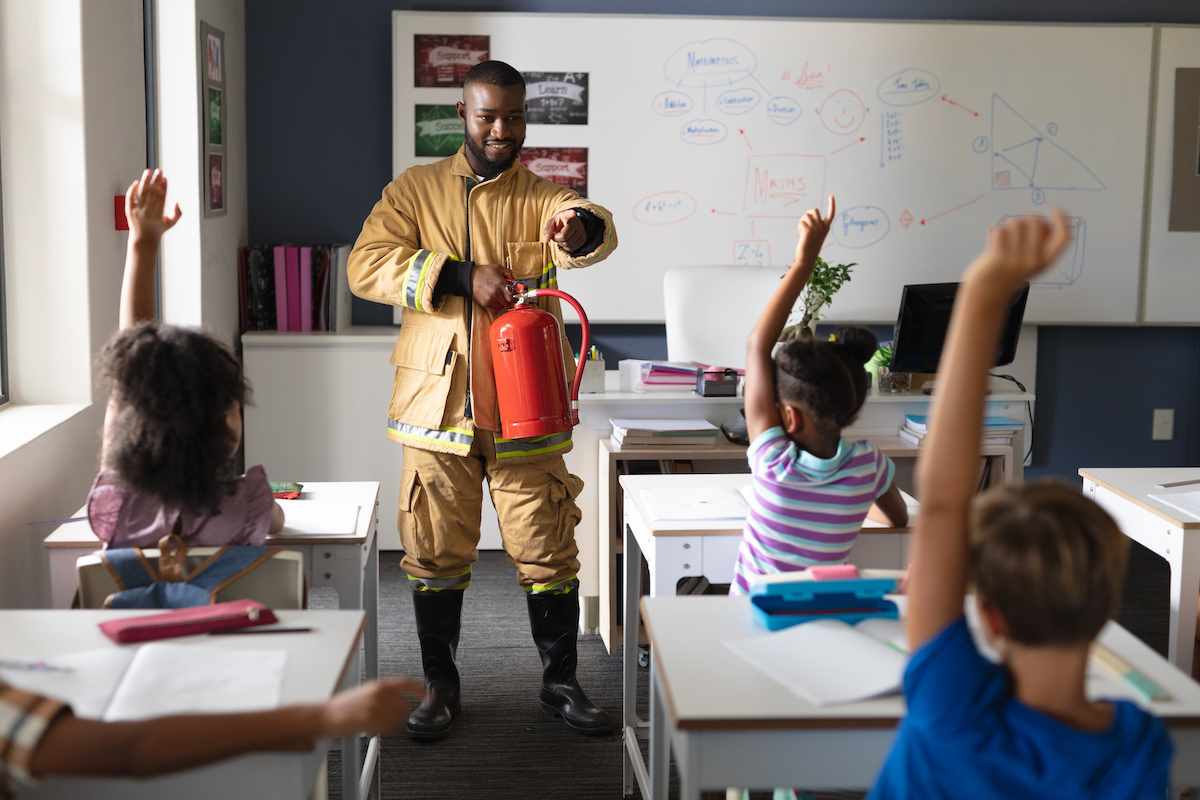Since we started this blog and podcast series, we have focused on “Active Shooter or Violence” incidents. Why are we so focused on these incidents? Well, there are several reasons that we are focused on these events: First, that is what everyone else seems to focus on; Second, active violence incidents are very dynamic and are often the most complex, have the most moving parts, incidents we will likely face. The thought process here is that if you are adequately prepared to handle these complex events, you will likely be able to handle just about anything thrown at you.
The big assumption is that you have taken every opportunity to learn everything you can and what we have been trying to teach you over these past several months: ICS, problem-solving, FEMA phases of emergency response (Prevention, Preparedness, Response, and Recovery), and you have trained and practiced until you can’t get it wrong. So why is all of this important? Because we can’t begin to identify and train for every possibility. By training all the elements of dynamic and complex incident response and management, we can effectively prepare ourselves to respond to every incident, large or small, easy or complex, dynamic or static.
Recently, we have seen incidents where schools and businesses are forced to respond to incidents they likely did not foresee. While most states require us to have an “All-Hazards” emergency plan, is that actually possible? Do we really need to consider every possible scenario and have a plan to address each of those scenarios? The answer to that question is yes and no. An All-Hazards plan does not mean that you have to have plans for every conceivable hazard, but it does mean that you have to be able to respond to every known and unknown threat.
So, the burning question is: how can we prepare for every possible hazard or threat? The answer is actually quite simple. Being well-versed and practiced on the fundamentals of what we have been talking about the past several months will allow us to respond competently to any scenario you can think of and those you haven’t thought about and are now faced with. This should not be interpreted as meaning you only need to understand the fundamentals, and you are prepared for everything. It means if you are well prepared and have a high level of understanding of those fundamentals, you can respond to anything you are faced with.
As mentioned many times previously, building your expertise, knowledge, and capabilities is an evolutionary process. First, you must understand the fundamentals, and then you need to continually build upon those fundamentals to gain the experience and knowledge you require to identify and respond to those unforeseen challenges.
If you want to get started in identifying and responding to every hazard that you may face, start looking at your three primary objectives in every emergency:
- Stop the killing;
- Stop the dying; and
- Start the Recovery.
Now obviously, not every emergency involves acts of violence where someone is actively trying to kill people, but what we are really talking about is not only acts of violence, but things that can result in fatalities. With this, we are primarily addressing incident stabilization; taking actions to minimize fatalities and injuries, while moving to recovery as quickly as possible. It is important that when we are looking at accounting for all-hazards, we also understand that all hazards fall into just a few categories:
- Violence: Those incidents where someone has the intent to do harm to themselves and/or others
- Natural: Weather, earthquakes, fires, floods, hurricanes, tornados, etc.
- Man-made: Acts of violence also fall into this category, Civil Unrest, false threats or reports, general disruptions to routine activities (swatting, bomb threats, etc.)
- Accidental: failures in infrastructure or systems, construction, traffic, rail, mass transit, etc.
- Cyber: system failures, deliberate attacks on your technology systems (Information systems are of particular concern), disabling systems and access to systems, unauthorized access to your systems, Malware and Ransomware, etc.
As you can see, most, if not all the hazards you could possibly think of fall into one of these five categories. Some may fall into a couple of these categories, but how you initially prepare for and respond to them will likely be within the primary category. Once you determine how to respond to incidents within one of the primary categories, other acts that fall under that category are treated in a similar manner. All you need to do is to make minor adjustments to the specific circumstances you are faced with.
Now all that being said, it is important to consider as many scenarios as possible when you are planning, drilling and exercising your plans. The best way to do this is to take current events and ask yourself this question: How would we respond if that scenario happened at my school? This is a great way to build up your knowledge and experience, which can be stored away to be considered should you have an actual event. No two incidents are exactly the same. However, the more scenarios you contemplate and learn from, the more tools you will have to make the correct decisions should the time come for you to lead your team through an emergency of any kind.












No Comments Yet
Let us know what you think